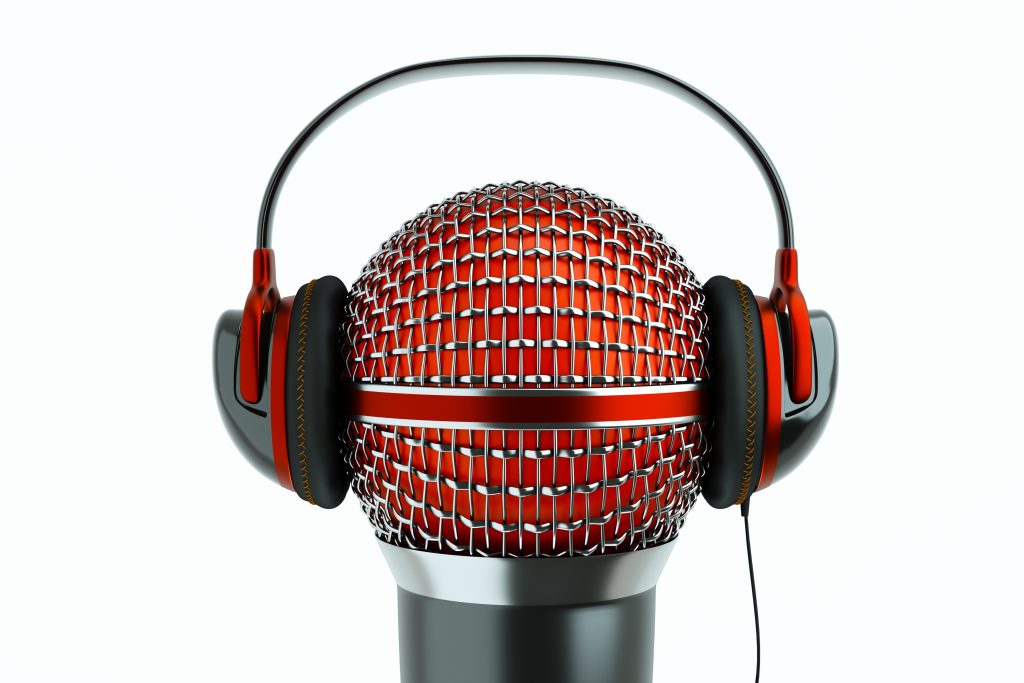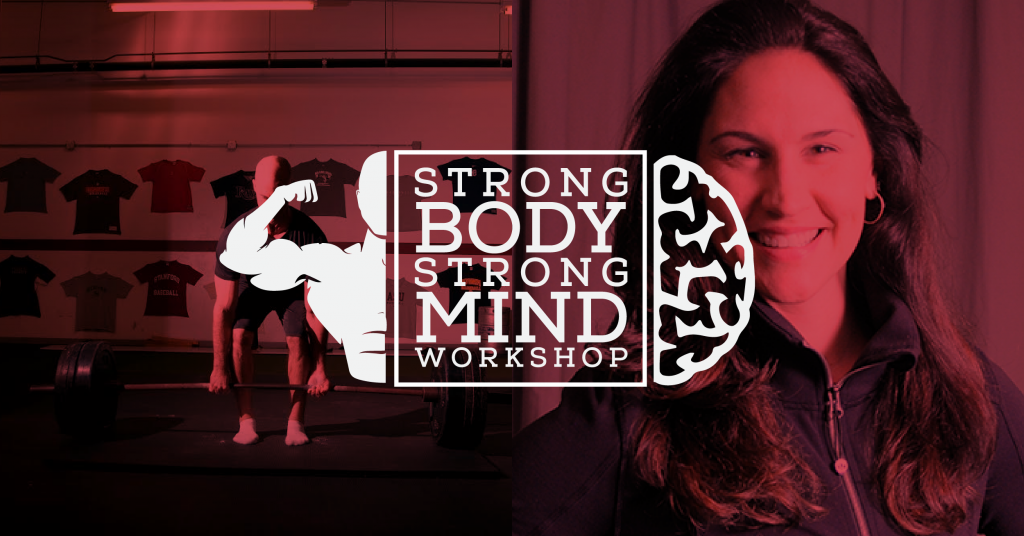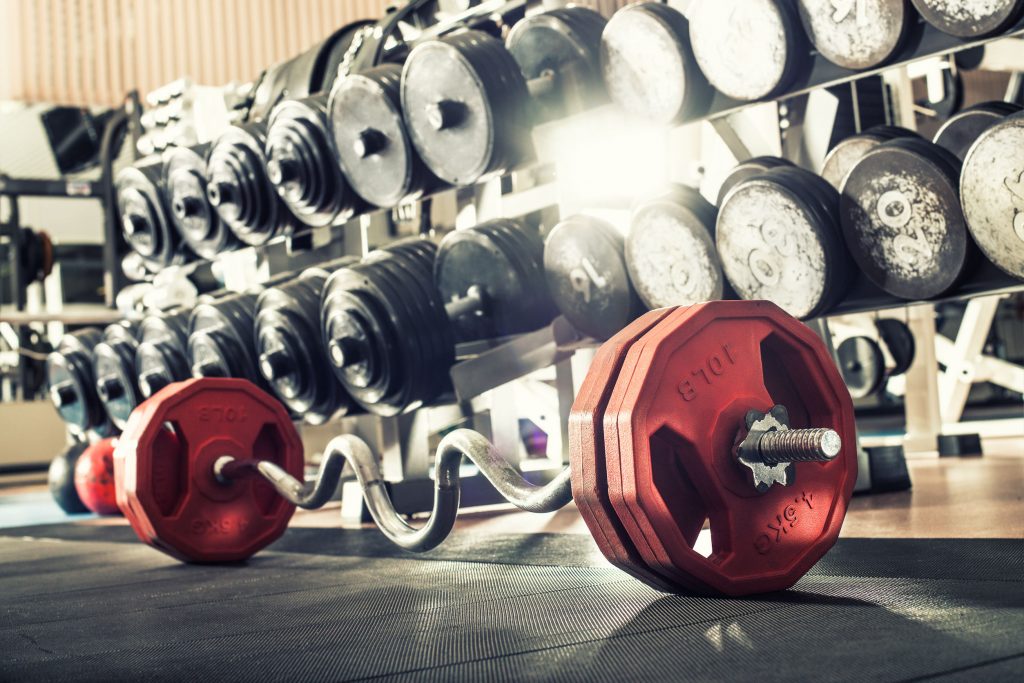For the sake of brevity, this post assumes you can perform a deadlift – trap bar, straight bar, bag of groceries of the ground, person, whatever – without shitting your spine.
If you can’t, go seek out a reputable fitness professional – or Google it1 – to show you how.

Much like if someone wants to get better at writing they should, you know, write, or if they want to get better at not getting laid, they should attend Star Trek conventions…if you want to get better at deadlifitng, you should deadlift.
The more you (purposely) practice something the better you’ll get at it. I understand it’s stating the obvious, but it can’t be repeated enough.
There are many moving parts to executing a pristine deadlift, however, and oftentimes it bodes in our favor to include exercises, drills, and/or movements that compliment the lift or, more germane to the conversation, address a technique flaw or general weakness.
Below are a handful of quick-n-dirty suggestions that may (or may not) apply to you and help increase your deadlift badassery.
1) Deadstart Squats
This is one of my favorite deadlift accessory movements for a few reasons:
- When set up to match your hip position for the deadlift it offers a ton of carryover in terms of both mechanics and musculature targeted.
- The deadlift is (mostly) a concentric movement. The Deadstart Squat, too, is (mostly) a concentric movement.
- For people who struggle with keeping their chest up (preventing their upper back from rounding) during the deadlift, this will be a challenge. NOTE: I’d likely revert to a FRONT squat hold for those who really struggle with back position here. Front squat position is also a better option for those who lack the requisite shoulder mobility (external rotation) to perform well. Another great option is using the Safety-squat or Yoke bar.
- Great option for training power/explosiveness.
- Because I said so.
As far as sets/reps there are two approaches I like, both of which gravitate more towards the low(er) end of the spectrum.
One (3-5)
Here, reps will stay in the 3-5 (25ish total reps) range using 60-75% of 1RM. A 4-week macro-cycle may look something like this:
Week 1: 5×5 @ 65% 1RM, 90s rest
Week 2: 6×4 @ 70% 1RM, 90s rest
Week 3: 8×3 @ 75% 1RM, 90s rest
Week 4: 3×5 @ 60% 1RM, 90s rest
Idea is to stay tight throughout duration of set. You should always come to a complete stop on the pins, however you shouldn’t relax
Two (Singles)
I love this option as I feel it offers the most carryover to my deadlift.
Because I’m only performing one-rep, I can place a premium on getting as tight as humanly possible and being as explosive AF. In addition I can go a little heavier in weight here (70-85% of 1RM)
A 4-week macrocycle may look something like this:
Week 1: 12×1 @ 70% 1RM, 30s rest
Week 2: 10×1 @ 75% 1RM, 30s rest
Week 3: 8×1 @ 80% 1RM, 60s rest
Week 4: 6×1 @ 85% 1RM, 60s rest
2) RKC Plank
I don’t know about you, but this is what I look like whenever someone brags to me about how (s)he can hold a two-minute plank:
You might as well be bragging to me about how you can point out the color red or, I don’t know, walk in a straight line.
That’s how many fucks I give about your fucking plank.
Besides, you know and I know if you’re holding a plank that long it (probably) looks like garbage.
NOTE: This is not to insinuate I’m against the plank or find zero value in it.
Au contraire.
Without going too far down the rabbit hole of spinal mechanics, prone (and side) planks (and how long someone can perform them) are a legitimate assessment tool and are staples in terms of low back rehab and performance.
Teaching the RKC Plank offers a quick primer on how to 1) perform the plank right and 2) allow people a window to appreciate what it really feels like to get and maintain full-body tension.
The RKC Plank is all about building context.
More specifically it’s about appreciating full-body tension. If someone can’t understand (or feel) what this means while lying on the floor…how in the hell are they going to understand it standing up while attempting to pick up a heavy object off the floor?
Trust me, when done right, 10s will feel like torture.
3) Straight-Arm Band Pulldowns
I stole this tip from Dr. John Rusin when I was giving his Functional Hypertrophy Training program a test-drive last year.
For the Record: it’s an awesome program.
The idea is pretty simple (and effective).
Prior to each set of deadlifts you perform a set of 5-10 repetitions of band pulldowns (holding each rep for a 3-5s count).2
This serves a few functions:
- It allows the trainee to prime or feel his or her’s lats firing. Setting your lats (and subsequently posteriorly tilting your scapulae) as part of your DL set-up will help with leverages and moment arms getting you closer to the barbell. Greg Nuckols does a fantastic job at explaining things more thoroughly and nerdely HERE.
- Offhandedly, it also helps with anterior core engagement, which in turn aids with rib position. Less rib flare = less lumbar extension = more stable position to lift a metric shit-ton of weight.
Closing Thoughts
None of the above are revolutionary ideas or are going to win be any fitness writing Pulitzers. However, they are exercises/drills I use myself (and with my own clients/athletes) and have found they provide a lot of benefit.
Give them a try yourself and let me know your thoughts/experiences.



























